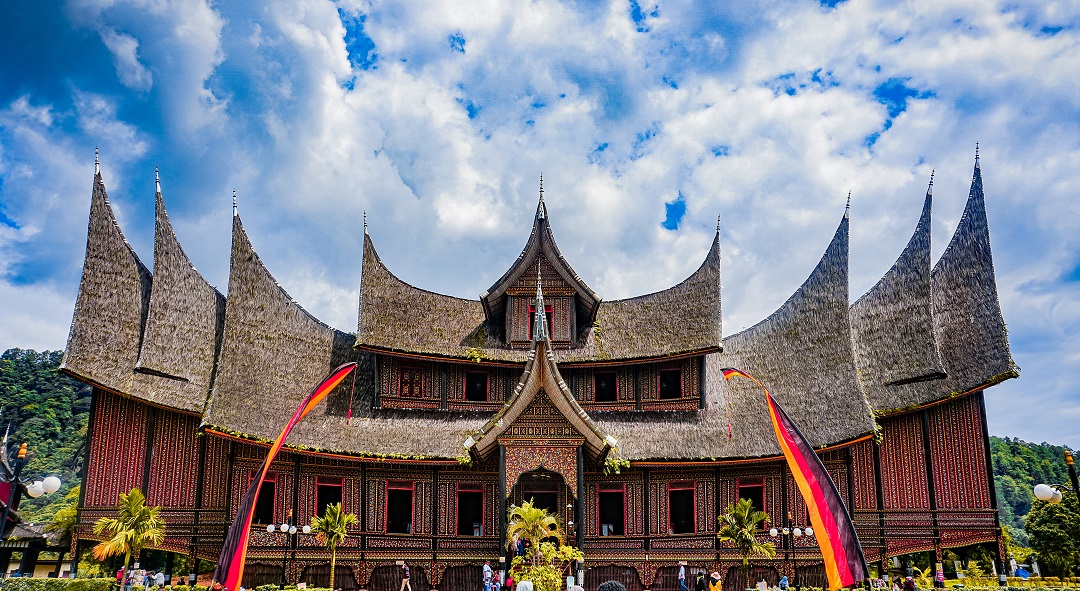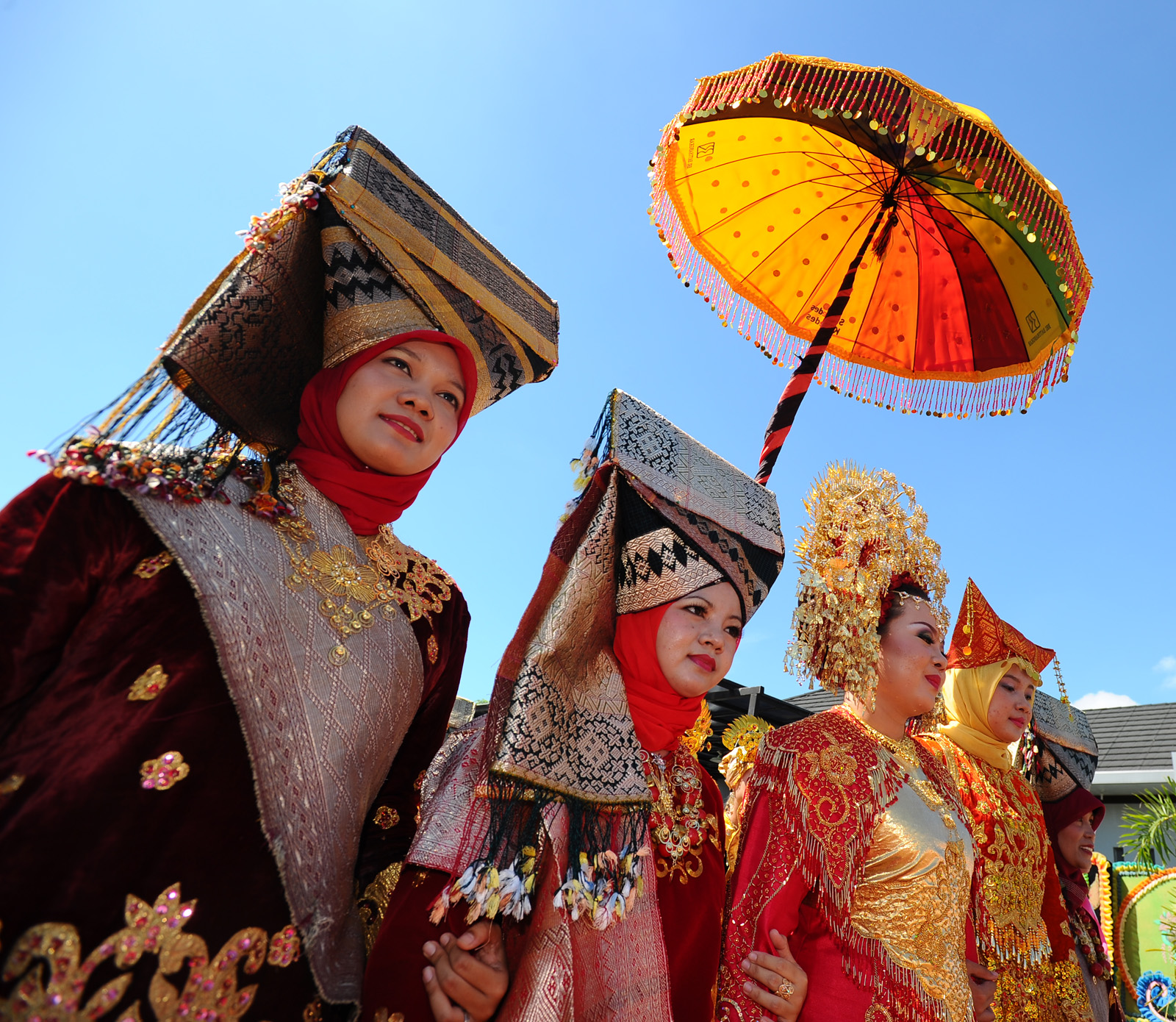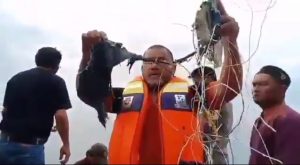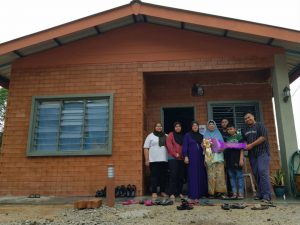
A Kingdom without Soldiers: Communication throughout the Alam Minangkabau
PROF. Dato’ Dr. Ahmad Murad Merican
A grandson of a well known Minangkabau figure in Kuala Lumpur history originating from Batusangkar, once shared a statement describing his ancestors: “They are subtle colonisers of the Malay Archipelago.” And indeed they are. The Minangkabaus are cultural shapers of the Malays. The Minangkabau narrative is dominated by at least two practices – the adat perpatih (matrilineal culture) and merantau, of which there is no exact English translation.
This week’s column highlights practice, less known – that of the Minangkabau scribe and the transmission of power from the polity to the rest of the rantau.
The Minangkabau monarch sits in the heartlands, the ranah located in Pagaruyung. There is no kingdom in the modern and European sense of the word. Just the Alam, or the Minangkabau world. This is the polity.
Minangkabau kings have been characterised as ‘sacred rulers.’ On the other hand, the narrative lends them as ‘powerless monarchs.’ One European scholar in 1935 made the following observation: “Kings without solders: the poorest pretense of monarchs the world has known.”
It is certainly problematic to conceive the Minangkabau polity as a state, in the modern sense of the state and is apparatus. The Alam Minangkabau, as conceived by themselves, is, or was, composed of an inner and an outer sphere, like the merantau (generally translated by Western scholars as migration), lineal affiliation and common traditions.
The centre (ranah/darat/darek) and periphery (rantau) responded to each other in a unity known as the Alam. According to anthropologist Jane Drakard, and author of a fascinating 1999 work titled A Kingdom of Words: Language and Power in Sumatra, the binding mechanism is the semiotic understanding of authority. Her study emphasizes a semiotic understanding of authority.

The Minangkabau kingdom, it was argued, was realized and actuated through language and the dissemination of royal signs. Focusing on the periods of the 17th and the 18th centuries, the dynamics of the Minangkabau world is characterized by the transmission and reception of signs within its society, thereby revealing the pattens of language and representation which prevailed.
Pagaruyung still evokes an aura and mystique. It was once the locus of power and spiritual strength. The replica of the palace that was once the actual centre of the Alam is now symbolic. Earlier burnt during the Paderi wars in 1804, and again in 1966 and 2007, it was quickly resurrected not long after. I was present during the ceremony of erecting the tiang seri more than 10 years ago. Officiated in October 2013, it now functions as a museum and continues to be a popular tourist attraction.
‘Pagaruyung origins’ of families in Malaysia linger in social and collective memories. The kingdom was disbanded in 1833. The descendants of the many rajas are scattered throughout the Archipelago. Some maintain or imagined themselves as members of the bangsawan.
The Alam runs throughout the Tanah Air. The Minangkabau royal family, from the 17th to the 19th centuries had a special position and claims to royal prestige in the Malay world. The Minangkabau kings adopted royal credentials and titles. These are articulated in letters and edicts from the courts. “The Jangdipatuan’s duties were mainly of a scared nature. He imparted his Daulat (the essence of his sovereignty) to the country and embodied of the unity of the Minangkabau World as a whole,” according to Dutch anthropologist P.E. de Josselin de Jong, known for his studies on Minangkabau society. Through the raja, the kingdom was expanded and protected. There was no bureaucracy There was no army.
The mountains and mists of the Barisan Range, veil the mystique. The relationship between centre and periphery (the ranah and the alam) was configured by the Bukit Barisan, not by rivers and kualas.
My numerous trips to West Sumatra failed to unimpressed me of the mountains, some 10 kilometers away to its foothills, from the coastal flat of Padang. From the(Minangkabau International Airport, at Ketaping, in Padang Pariaman, some 23 kilometres northwest of Padang, the ascent gradually steepens quickly via the Lembah Anai. It is journey from below the clouds.
The titah (words, utterance, command)) sit somewhere above the clouds. As one raja said, he is king above the clouds. The titah carries a portent force. This is embodied in the surat cap. These impressive documents’ use of the name ‘Allah’ running as a border around the whole manuscript must have added to its power. It served to enclose the text within “a sacred frame.”
Minangkabau society is known for its orality. So capturing written speech is awesome. A typical surat cop reads as follows: “If this is conveyed to Siak and to Nilawan, to Patapahan and also to Kampar Kiri and to Kampar Kanan do not let it be destroyed, be it at sea or to Palembang and Inderagiri, be it to Rokan or to the villages of Rambai, Tembusi, or to Batu Bara or to Pulau Pinang or to Melaka and to Kedah, or be it to Jawa, to Batavia or to Susu or to Telaboht he same, or be it to Tra and to Bengkulu…”
That is the power from Pagaruyung. The surat cop, in the absence of an army and a bureaucracy, empowers the rantau in transmitting shared values to society.
NEXT WEEK: The Rantau and Merantau
Prof. Dato’ Dr. Ahmad Murad Merican is Professor of Social and Intellectual History with the International Institute of Islamic Thought and Civilization, International Islamic University (ISTACIIUM). He is a Senior Fellow with the Southeast Asia Research Centre and Hub at De La Salle University, Manila, the Philippines.


